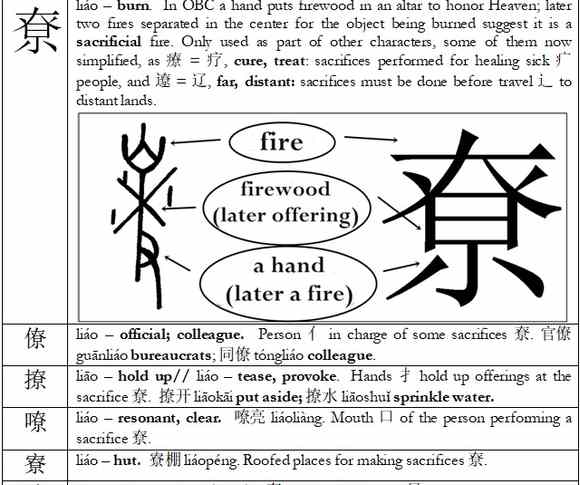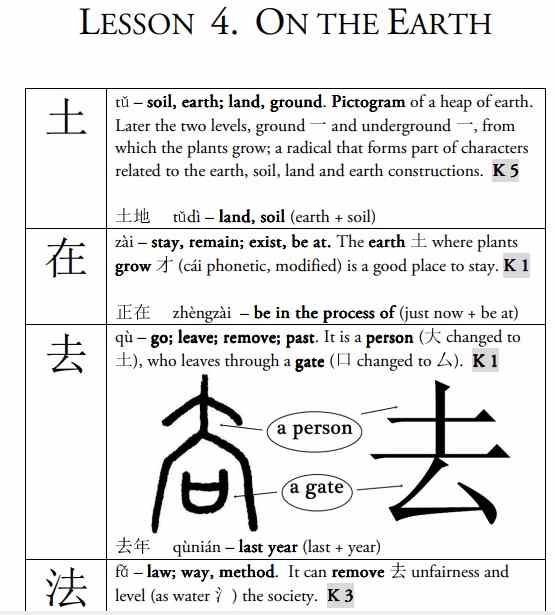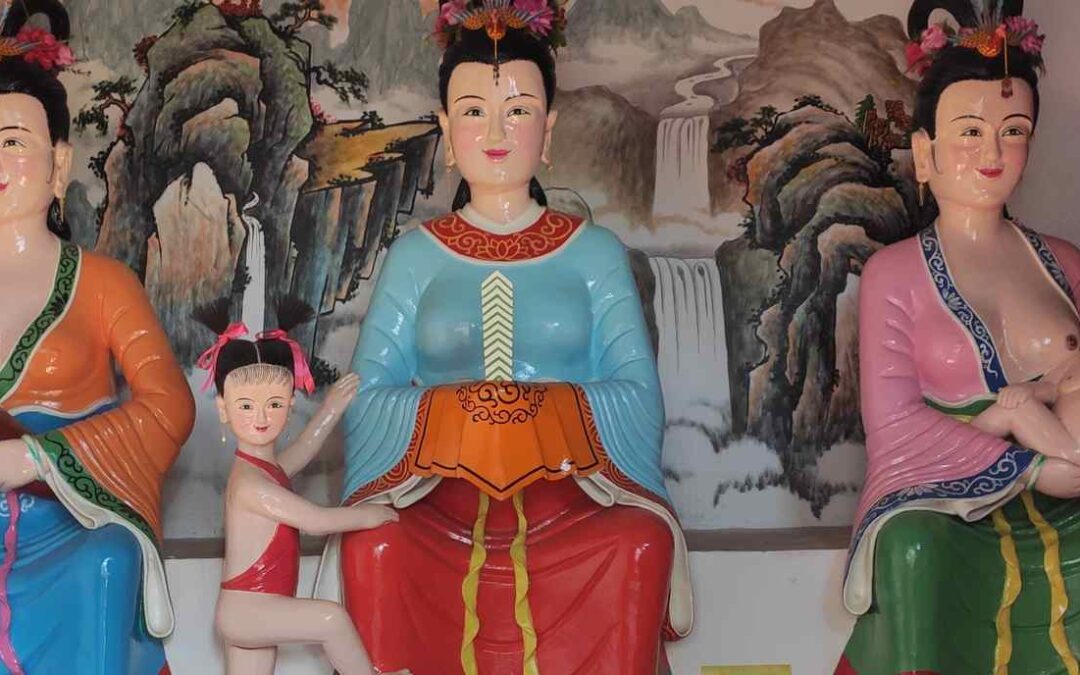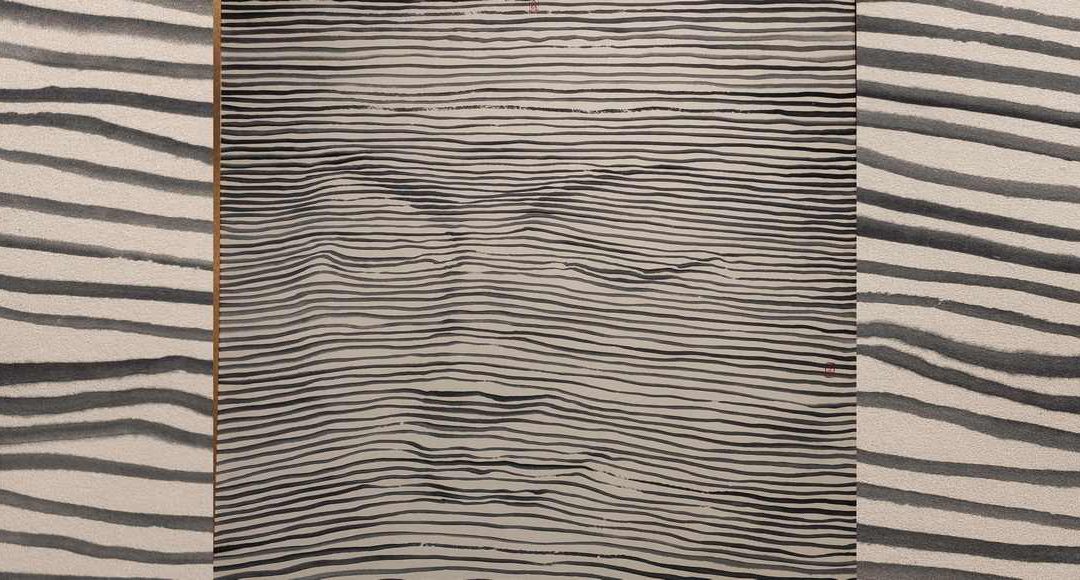Chinese Characters
If I have spent much of my life in China, it has been because of the Chinese characters. For the Chinese characters were the first thing that seriously attracted me, beyond the occasional reading of the most popular books, to Chinese culture. Because of my interest in Chinese characters, I started studying the language more than 30 years ago and began traveling to China in the late 1980s.
During those first trips, I discovered some books that related the Chinese characters with the ancient pictograms, and in that pre-internet era where communicating with someone from another continent was a very complex process, I began to think about making this discovery known to Western readers. There were several publishing projects that in the end came to nothing, but in 1997, after overcoming many difficulties, I managed to get Miraguano Ediciones to publish the Manual de Escritura de los Caracteres chinos (Manual of Writing Chinese Characters).
Manual for Writing Chinese Characters
The book mixes some etymological aspects of the Chinese characters with other logical or mnemonic rules that help to remember them, and it seems to have been very effective in helping to study the Chinese characters, because since its launch it was very well received by the public, who in less than a month sold out the first edition, and then with some regularity the subsequent editions.
The book consists of three sections.
Section A consists of 27 short lessons, of one or two pages, each one studying between 8 and 10 graphically-related characters. For example lesson 1 explains 10 characters related to person: 人 (person), 大 (big), 太 (too much), 天 (sky), 夫 (husband), 夹 (press from both sides), 从 (from, follow), 众 (crowd), and also by their similarity: 火 (fire), 炎 (burning). A sample can be seen below and a different one can be downloaded here as a PDF.
Section B also consists of 27 lessons, each devoted to a basic concept, such as «人 person», «日 sun», «月 moon», » 水 water», and so on. It further develops the method started in the first part by including more characters. 51 characters in lesson 1 that are graphically-related to the character of 人 (person) or that are constructed by taking it as a part. A sample can be seen below, and a different one can be downloaded here in PDF.
Section C is devoted to picto-phonetic characters, which are the majority of Chinese characters, and are composed of a radical and a phonetic part. It consists of 42 lessons, each of them dedicated to one of the most important radicals, the less important ones being presented in the second part. Thus there are lessons devoted to trees 木, spikes 禾, metals 金, alcohol 酉, pots 皿, etc. A sample can be seen below and a different one can be downloaded here in PDF.
The book was a success, and new editions were made each year improving the collation of the characters and correcting other minor bugs. The book is going into its 13th edition in 2021 and with some 17,000 copies sold it has been the go-to book for many students of Chinese.
Here is more information about the book
Chinese characters: easy learning based on their etymology and evolution.
Around 2010 I started working on the English translation of this book, and as I translated I began to improve a little here, a little there, and each improvement led to new research. Each new discovery led to new explanations. The book became more scientific, and to explain the simplified characters in use today, the complex ones had to be studied as well.
The English version was requiring more and more work, more and more research, so that what was going to be an update of the book ended up being a completely different book, which in the end I translated into Spanish again, being published in 2016.

The main differences between «Manual de escritura…» and «Chinese characters…» are the following:
- – The «Chinese Characters…» does not have three parts, but encompasses all the characters derived from the graphemes I call fundamental in 30 major lessons. That is, one for 人 person, 女 woman, 子 child, 口 mouth, 目 eye, 手 hand, 足 foot, and so on. Each lesson is in turn much more extensive. Lesson 1, which studies characters related to 人 [person] contains about 200 characters.
- The explanation of the characters is based on etymology. But as that would only explain complex characters (of use in Hong Kong and Taiwan), in characters that make it necessary because in their simplification, if we have not discovered any logic in the process of simplification, mnemonic tricks are sometimes added.
- The characters are organized by character families, which I think will allow to know them better.
- In total, more than 5,000 characters are included, and it explains both simplified forms (used in China) and complex ones.
This is the best book ever published on Chinese characters. Some students, however, prefer to start with something simpler. Actually, in my experience, there are two types of books for studying Chinese characters.
– The first type includes books that take away students’ fears. These books are useful because before reading them the student thinks that learning Chinese characters will depend only on memory and repetition, and after reading them the student discovers that there are etymological patterns of learning. My Hanzi for HSK 1-3 belongs to this group.
– The second type is the one that will allow the reader to know the Chinese characters. And here I can only insist that using «Chinese characters…» will make everything easier. Because in it the characters are presented developing to the maximum those etymological patterns. And that is a complex task. The basic patterns are discovered right away, anyone who approaches Chinese culture immediately comes across texts explaining how the characters for sun 日, moon 月, field 田, shell-money 贝, etc., are an evolution of their ancient pictograms. But extending this rule to the 5,000 characters included in the book is a vastly more complex task.

For example, in the first lesson of the book. To understand why the character队duì means group, team; row, queue, we have to know that it is a simplification of the character 隊: and that in the oracular characters it was the pictogram of a person人 upside down falling from a mountain 阝. The person was later replaced by an image of a pig 㒸, which pronounced sui indicates the pronunciation of the character, also falling from a mountain 阝. Its original sense was «fall down», a person falling from the mountain. Its extended meanings are «row», «line», as people go in line in the mountain road so as not to fall, and the earth radical 土 was added to recover the meaning of fall down, forming the character 坠, which is studied next.
Here, the first chapter of the book, in English, not yet published, can be download.
Japanese kanji: easy learning based on their etymology and evolution
Japanese kanji are derived from Chinese characters. Over the years, I met some teachers and students of Japanese who complained that my book did not explain clearly enough the way to study the Japanese kanji. Then, with the help of teacher Miki Shiyagi, we adapted it to Japanese, being published in 2013 as «Japanese Kanji: An easy learning based on their etymology and evolution.»
The book consists of two parts. The first has 30 introductory lessons, in which kanji related to a concept are briefly presented.
The second is a development of the same until all the kanji used today are explained.
Hanzi for HSK 1-3
While the book «Chinese Characters…» was ready to be printed, I met Andreas Laimböck, the director of Live the Language Mandarin School, one of the most prestigious Chinese language schools in China, with centers in Beijing, Shanghai and Chengde. As expected, the conversation ended up drifting to the study of Chinese characters. I told him about my books and he suggested we can adapt them for the 1st, 2nd and 3rd level of the HSK exams. So we did and the result was quite good.
It is less than 200 pages and contains only 600 characters. It is a book in a smaller format, and it is easy to translate into other languages, and in fact, it has been translated into:
– French. Translated with the help of Antony Guy and José López.
– German. Translated by Sophie Winter.
– Italian. Translated by Cristian Marino
– Russian. Translated by Nina Kachmar.
The first chapters can be read here.
Post about Chinese characters published in this web page
In Ethnic-China I sometimes write a post about some aspects of Chinese characters. In general, the posts are of three types:
– Cultural curiosities related to Chinese characters or to a particular character.
– Explanation of the etymology of a character.
– News about books or publications related to Chinese characters.
The posts can be seen below.

PLEASE, WE AWARE THAT THE TWO FIRST IMAGES IN THIS POST BELONG TO A BOOK NOT YET PUBLISHED. ONLY THE THIRD IMAGE IS PART OF A BOOK PRESENTLY AVAILABLE.
Last posts for learning Chinese Characters
12 Chinese idioms related to the tiger
12 Chinese idioms related to the tiger With the arrival of the Year of the Tiger 2022, here are 12 set phrases (chengyu) related to the tiger, so that those who are getting familiar with the Chinese language can practice one each month. As a wolf, as a tiger 如狼似虎...
Caractères chinois – le livre
Caractères chinois - le livre Ce livre est consacré à révéler à l'étudiant occidental le "mystère" des caractères chinois, rendre leur apprentissage simple, fournir les clés pour entrevoir le sens et la prononciation des caractères inconnus. Pour ce faire, nous allons...
Chinese characters -person
A sample of the first three pages of the English translation of my book on Chinese characters 人 rén – person, human being • adult • each. This is a pictogram of a person standing, with legs separated. Person > kind of person > every > other. It is one of the...
The magic of Chinese characters
The magic of Chinese characters The written word, the Chinese characters, have had from their very origin, a magical meaning for the Chinese. There is no doubt that for them a character is not only a symbol of the concept it claims to represent but the object itself....
Chinese idioms
Chinese idioms One of the most difficult aspects of Chinese is to learn is the so-called idioms or chengyu (成语). In general, they refer to short sentences composed of four characters that allude to some historical fact or literary anecdote from ancient times. Its...
The character chai 拆- dismantle
The character chai 拆- dismantle One of the most frequent characters in the urban scenery of the China of the development and the transformation is chai 拆- dismantle. Any walk through the old neighborhoods of most Chinese cities continually led to being confronted...
The Peach, fruit of immortality
The Peach, fruit of immortality In my "Manual of Writing Chinese Characters" (1) I hold an opinion contrary to that of most scholars of Chinese characters, and that is that the formation of the so-called picto-phonetic characters responds not only to the composition...
Discovering the tiger and the shaman in Chinese characters.
Discovering the tiger and the shaman in Chinese characters. In Chinese skin is pifu (皮肤). In the character pi 皮, which means skin, one can still discover a hand flaying a skin. The character fu 肤, however, is a simplified character, showing us the radical of the...
Chinese character for «snake»
Chinese character for "snake” The Chinese character to represent the snake has undergone over the centuries a curious evolution that, although seen from the cultural perspective of the XXI century may seem strange, it will not be so much if we remember the symbolism...
Travels

Sunset in Dali
No Words Fuxing Rd from the South Gate. Dali, Yunnan.Corner in Fuxing Rd, Dali, Yunnan.Night market at the south of the South Gate. Dali. YunnanLast posts
Ethnic groups

Sexual aspects of Gu venom
Gu illness resulted from a contamination by gu poison, which a recent analyst has characterized as “an alien evil spirit which entered [the] body and developed into worms or some similar animal that gnawed away at the intestines or genitalia.” This poison was thought...
Chinese culture

Zhang Yongzheng, the master of deluding reality
Zhang Yongzheng, the master of deluding reality Reality is an illusion, say Buddhist texts. And each of Zhang Yonggzheng's (Gansu, 1978) works plays with this concept to remind us again and again that there is no immutable reality but a fluid universe of forms that...
Publish with us
Do you have something interesting to tell?
Do you want some materials from your book or paper that want to share with global readers?
Please contact us and publish your post and blogs in Ethnic-china.com











